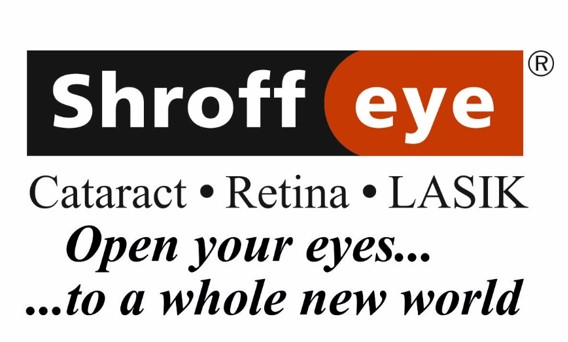Shroff Eye Hospital is India's First Eye Hospital accredited by the Joint Commission International (USA) since 2006. Shroff Eye is also India's first and only Wavelight Concerto 500 Hz LASIK center. Shroff Eye has stood for excellence in eye care since 1919. A firm commitment to quality is at the heart of all services provided at our centers at Bandra(W) and Marine Drive, Mumbai.
Screen-based work can have short-term but potentially serious effects on eyesight.
Recent surveys have concluded
- over 70 % people expressed concerns that prolonged VDU work could affect their eyesight
- Four out of every ten computer users experienced sore eyes from staring at computer screens for too long.
- 68% of the computer users suffered from “dry eye syndrome”
- Screen-related eyestrain was up by 29 per cent since 1992.
VDU (Visual Display Unit)-related temporary visual impairment is now an officially recognised occupational health problem globally. The ophthalmologists have labelled the condition “computer vision syndrome” (CVS).
CVS can include any or all of the following symptoms:
- Temporary myopia
- Eyestrain or eye fatigue
- Blurred vision for near or far objects
- Dry, irritated or watery eyes
- Increased sensitivity to light
- Headaches, neck aches, backaches and muscle spasms
A reduced blink rate in screen workers can cause dry or irritated eyes. Concentrating on the screen can cause your blink rate to slow, which means that your natural tears are not able to lubricate your eyes as normal, leaving you with ‘dry eye’ symptoms.
People naturally try to look down at a computer screen at an angle of 10-20 degrees. If the screen is at or above eye level, the tendency is to tilt the head back to achieve the desired viewing angle, and that can cause stiff necks and backaches.
People who wear bifocals are forced to tilt their heads back to see the screen. Even with a head tilt, the image is not as clear as it could be because the prescription typically issued for a reading lens is adjusted for an eye-to-page distance of 16” at an angle of 25 degrees, but computer screens are usually 20-24” away at an angle of 10-15 degrees.
To work safely at a VDU, check that
- Windows are at right angles to the computer screen
- Light is enough to read the words on the screen without straining
- No reflections on the screen from overhead lights, windows or desk lamps
- Screen contrast should be adequate to produce sharply defined images
- Include rest breaks
- Office humidity level at 40-60 per cent
We urge VDU users such as executives, those working in corporate offices, banks etc to take up their eye test seriously.
There has been an exponential increase in the incidence of diabetes today. Many corporate executives have high stress desk jobs and are more prone to diabetes and cardiac disease and its complications. Diabetes affects the retina of the eyes and can cause irreversible decrease in vision.
Sight threatening diseases like glaucoma often have no symptoms till they reach even the very advanced stages. Glaucoma is often diagnosed during a routine eye examination.
People with high myopia (minus number) are prone to developing holes or tears in the retina that can lead to retinal detachment and sudden decrease in vision. Timely diagnosis and treatment can prevent this
To reduce the risk of visual loss from all of the above conditions, individuals must have a dilated eye examination atleast once a year.
It is the right of the employee to demand a regular eye testing from their employer. Regulation 5 of the Health and Safety (Display Screen Equipment) Regulations 1992 in the UK says “an employer shall ensure that a (user) is provided at his request with an appropriate eye and eyesight test.”






